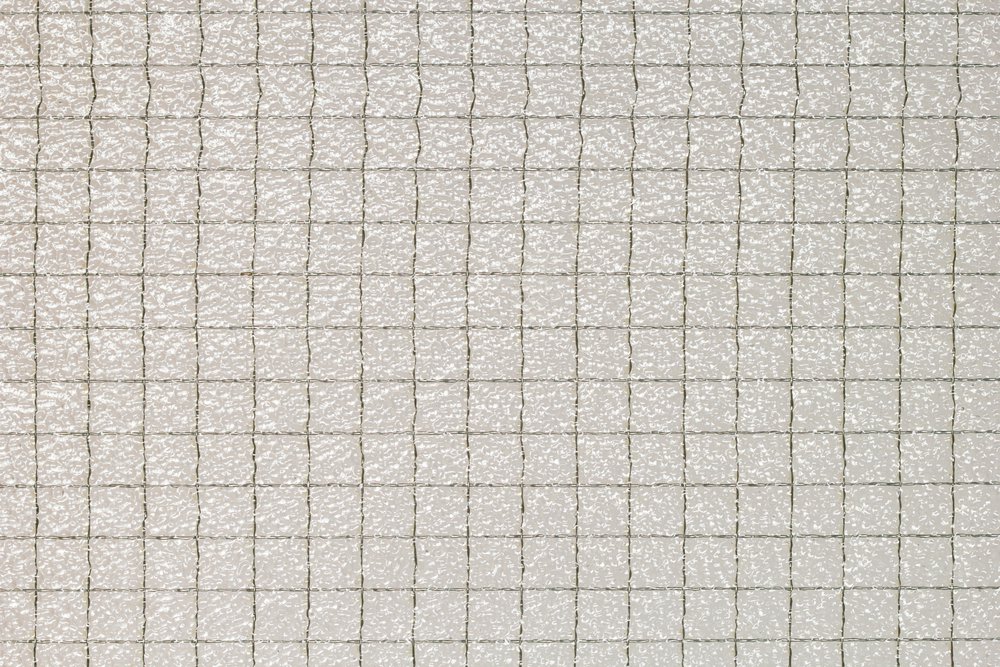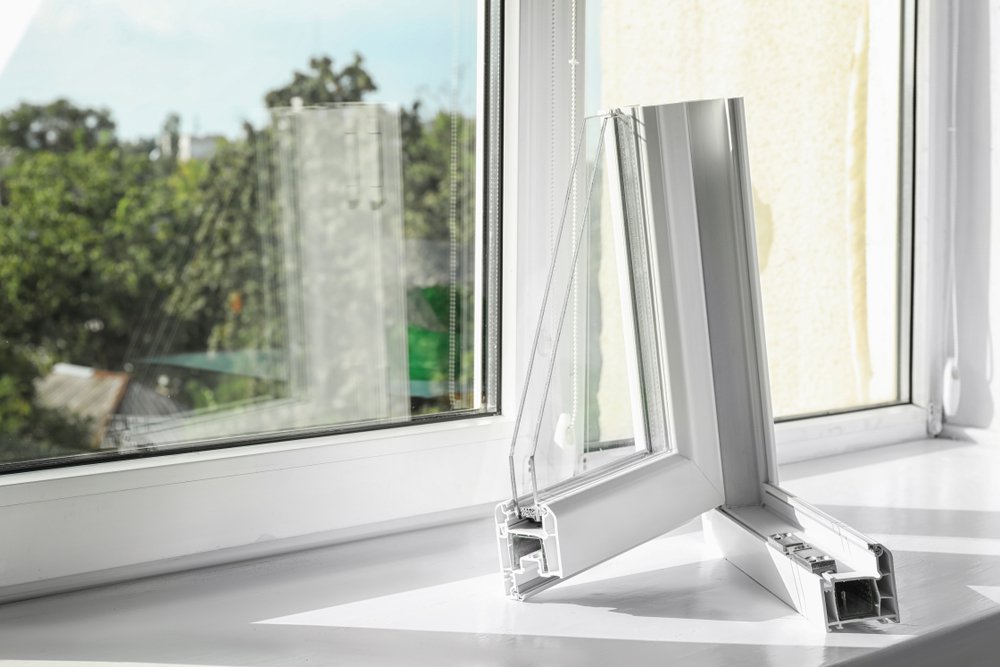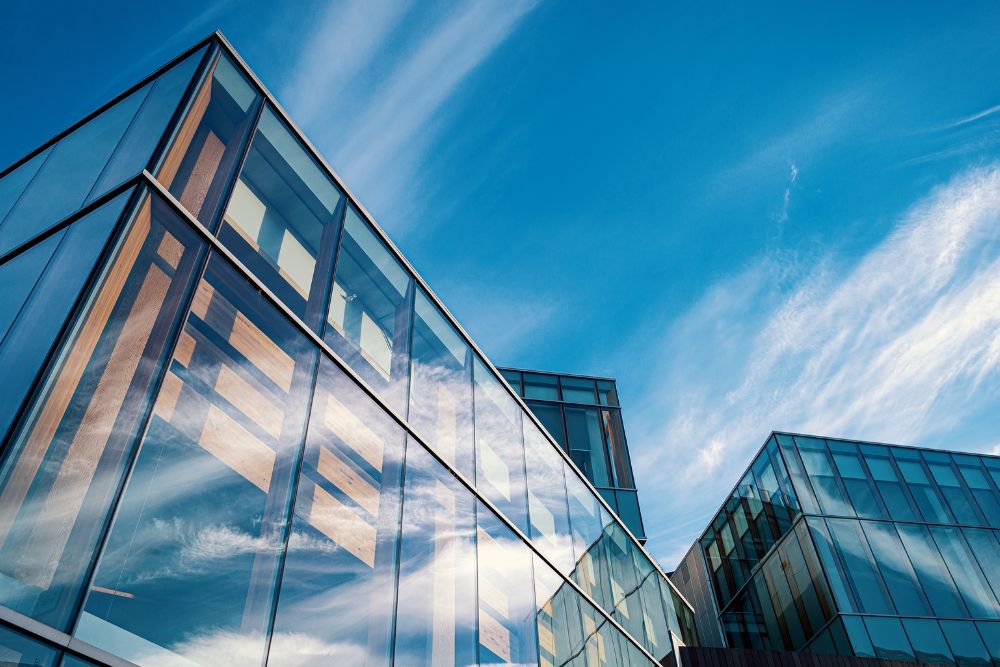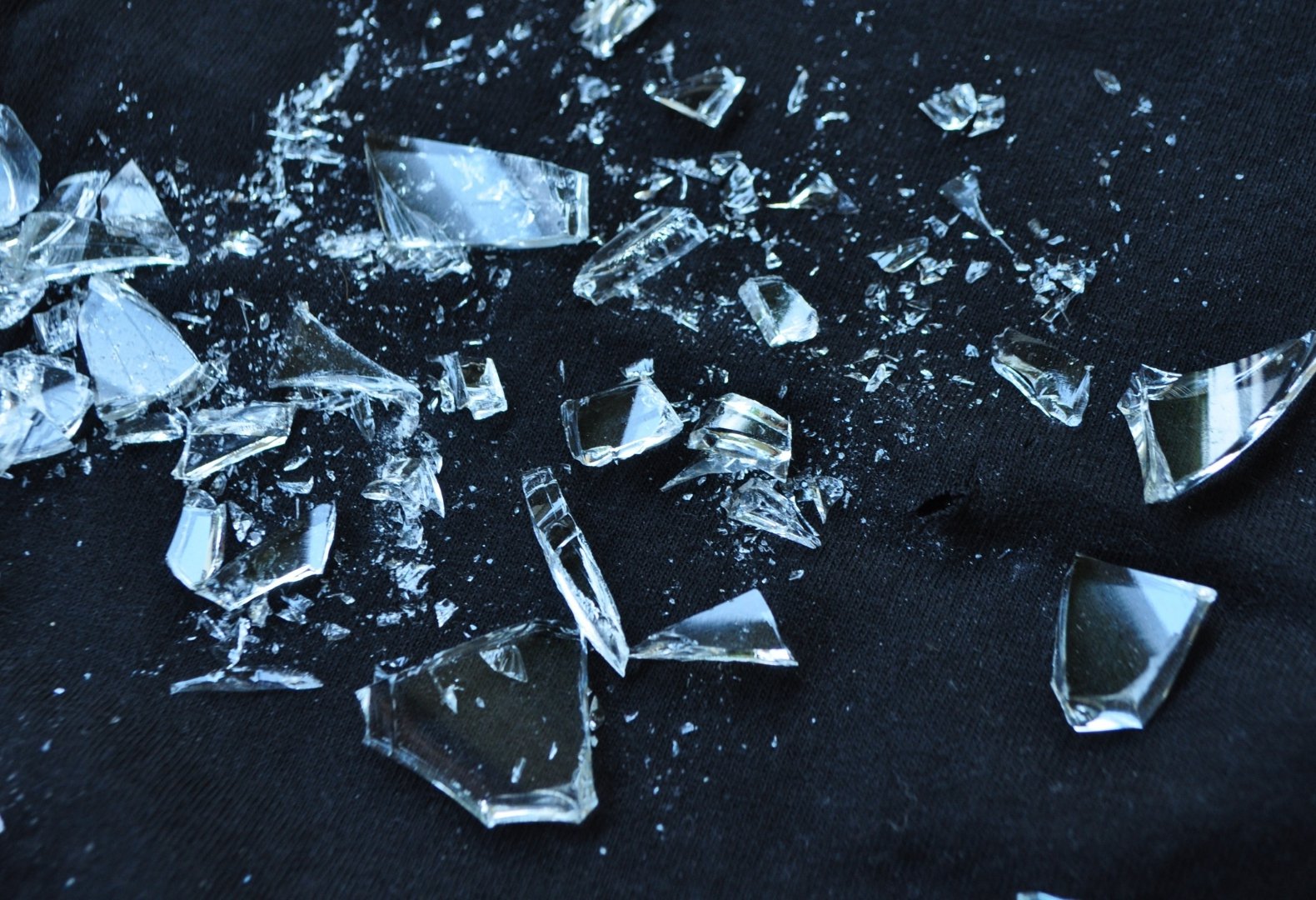In the realm of modern construction, safety is no longer negotiable—it’s embedded into every layer of a building’s design. One material playing a pivotal role in fire prevention and protection is fire-resistant glass. Far from being ordinary, fire-resistant glass is engineered to delay the spread of flames, smoke, and radiant heat, providing critical escape time and structural integrity during fire emergencies.
As building codes continue to evolve in response to growing safety demands, the integration of fire-resistant glass has become a key factor in code compliance, especially in multi-use, high-occupancy structures. Whether in towering office complexes or sophisticated residential developments, this specialty glass is a fundamental component in creating safe, resilient, and regulation-ready environments.
Fire-Resistant Glass: Types and Functions
Not all fire-resistant glass is created equal. Depending on the fire rating requirements and application, different types are used to fulfill both functional and legal demands. Here are the three most common categories:
Tempered Fire-Resistant Glass
Tempered glass is created through a thermal tempering process that significantly enhances its strength compared to standard float glass. While it doesn’t prevent the spread of flames on its own, it is heat-strengthened to resist thermal stress. When it breaks, it shatters into small, blunt pieces, minimizing the risk of injury. It’s frequently used in locations where both visibility and safety are key, such as entryways, stairwells, and corridors.
Laminated Fire-Resistant Glass
Laminated glass consists of two or more layers of glass bonded with a fire-resistant interlayer, typically made of PVB (polyvinyl butyral) or other fire-rated materials. During a fire, the interlayer holds the layers together, slowing the transfer of heat and preventing the passage of flames and smoke. Its ability to remain intact under high temperatures makes it ideal for windows, doors, and facades that require additional sound insulation alongside fire protection.
Intumescent Fire-Resistant Glass
The most advanced of the three, intumescent glass features multiple layers that expand when exposed to heat, forming a thick, opaque barrier. This barrier not only resists flame and smoke but also insulates against radiant heat—making it essential for fire doors, partitions, and areas where compartmentalization is critical to prevent fire from spreading quickly between zones.

Fire Safety Regulations and Certification Standards
To ensure occupant protection, fire-resistant glass must meet stringent local and international codes. Compliance is not just a matter of best practice—it’s a legal requirement that carries significant implications for liability and project approval.
Key regulatory frameworks include:
- National Building Code of Canada (NBC): Mandates the use of fire-rated materials, including fire-resistant glass, in specific building zones such as stairwells, corridors, and exits.
- International Building Code (IBC): Recognized across the U.S. and internationally, the IBC defines fire protection standards and rating requirements based on occupancy type and building layout.
Fire-resistant glass must be tested and certified according to standards such as UL 9, UL 10C, or CAN/ULC S104. Products undergo intense simulation to verify their fire endurance (typically in 20, 45, 60, 90, or 120-minute intervals), thermal performance, and structural integrity under duress.
Design and Compliance Considerations
Integrating fire-resistant glass into architectural designs is not just about passing inspection—it’s about proactively safeguarding lives and investments. Builders and designers must consider several factors when choosing the appropriate glass for fire-rated assemblies:
- Location of installation: Internal vs. external walls, distance from property lines, and fire separation zones all influence required ratings.
- Fire resistance vs. fire protection: While fire-resistant glass blocks both heat and flames, some solutions only prevent the passage of fire and smoke. The selection depends on the intended use.
- Framing compatibility: Even the best fire-resistant glass can underperform if paired with non-rated framing systems. Frames must match the glass’s fire rating to achieve compliance.
Failing to follow these guidelines can result in costly project delays, code violations, increased insurance costs, and legal liabilities. That’s why the integration of certified fire-rated systems should begin at the design phase—long before a single panel is cut.
Applications of Fire-Resistant Glass
Today’s buildings are more than just structures; they’re dynamic environments that require smart, high-performance materials. Fire-resistant glass plays a vital role in:
- Commercial buildings: Office complexes, hospitals, and retail centers use fire-rated glazing in stairwells, elevator lobbies, and atriums to protect exit paths.
- Residential projects: High-rise apartments and condominiums utilize fire-resistant glass for entry doors, corridors, and shared amenity spaces.
- Industrial facilities: Warehouses and manufacturing plants rely on fire-rated windows and viewing panels in areas prone to high temperatures or combustible materials.
These applications demonstrate how safety and design can coexist, ensuring that aesthetics don’t compromise occupant protection.
Why Quality Matters in Fire-Resistant Glass
The effectiveness of any fire-resistant glass solution hinges on the quality of its manufacturing and certification process. Poorly manufactured or uncertified products may not perform under real-world fire conditions, putting lives and property at risk.
Top-tier manufacturers ensure:
- Certified performance: All products undergo rigorous third-party testing to meet national and international standards.
- Consistent quality control: From raw material sourcing to final fabrication, every step is closely monitored.
- Durability and longevity: High-quality fire-resistant glass maintains its integrity over time, resisting delamination, fogging, or weakening due to environmental exposure.
Built to Withstand: Insul-Lite Manufacturing™ Fire-Resistant Glass Solutions
At Insul-Lite Manufacturing™, we understand that fire safety is not a checkbox—it’s a critical responsibility. That’s why we offer premium fire-resistant glass solutions that not only meet the highest safety standards but also support design flexibility and long-term durability.
Our custom sealed units and insulating glass products are manufactured with precision and built to perform in demanding environments. Every unit is tested for quality, clarity, and resilience, ensuring peace of mind for builders and end users alike. Whether it's for windows, doors, or structural facades, we supply fire-rated glass units that align with both aesthetic and regulatory goals.
Build Smarter. Build Safer.
Safety doesn’t happen by accident—it’s built into every decision you make. By choosing certified, high-performance fire-resistant glass, you’re not just meeting code requirements; you’re enhancing the safety, longevity, and credibility of your project. Contact us today to learn how we can help you integrate fire-resistant glass into your next build with unmatched quality and compliance support.





